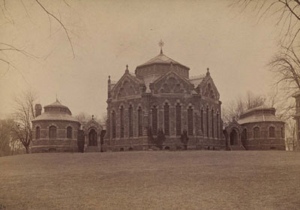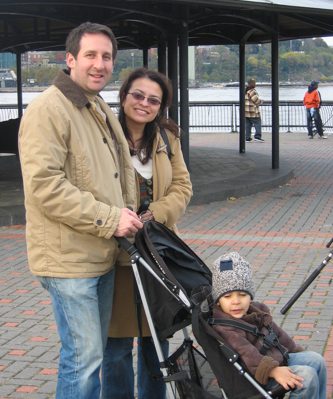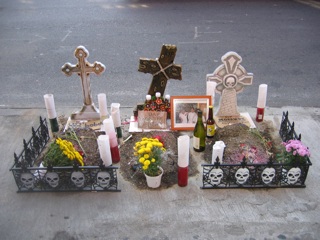 On Monday I’m going to Princeton to interview this guy:
On Monday I’m going to Princeton to interview this guy:
“Professor Jahn is Dean Emeritus of the School of Engineering and Applied Science. He is a Fellow of the American Physical Society and of the American Institute of Aeronautics and Astronautics, and has been chairman of the AIAA Electric Propulsion Technical Committee, associate editor of the AIAA Journal, and a member of the NASA Space Science and Technology Advisory Committee. He is vice President of the Society for Scientific Exploration and Chairman of the Board of the International Consciousness Research Laboratories consortium. He has been a long-term member of the Board of Directors of Hercules, Inc. and chairman of its Technology Committee, and a member and chairman of the Board of Trustees of Associated Universities, Inc. He has received the Curtis W. McGraw Research Award of the American Society of Engineering Education and an honorary Doctor of Science degree from Andrha University.”
So, yeah. Feeling a little intimidated. That said, he was great when I spoke to him on the phone, and exactly the person I’ve been looking for to talk to. He ran a Lab at Princeton called PEAR (Princeton Engineering Anomalies Research) Program. I was telling someone, maybe I posted here, that I actually found talking to him comforting. For someone like myself, who is outside the debate about what Jahn calls remote perception and mind/matter anomalies, the resistance to the results of the experiments more closely resembles religion than science. It’s irrational. I prefer my scientists to be more rational, thank you very much. They’re human of course, but still.
I just read a great couple of lines in a review of a book about the hard problem, which I don’t really feel completely comfortable with summarizing, it’s not my area, but it’s basically a question about consciousness, does it emerge from the brain, matter, or what? The reviewer, Jerry Fodor, wrote that the author “is right that the hard problem is really very hard; and I share his intuition that it isn’t going to get solved for free. Views that we cherish will be damaged in the process; the serious question is which ones and how badly.” For me, telepathy, and ESP and all of it are wrapped up in this same problem, and so the potential consequences will also be the same.
I started the Chris Carter book Parapsychology and the Skeptics and Elizabeth Mayer’s Extraordinary Knowing. I really wish I had these in the beginning. But then again, maybe it was better that I came at this absolutely and completely cold.



 Dagnabit! (Is that how you spell dagnabit, you think?) I didn’t see that Justin was looking down!
Dagnabit! (Is that how you spell dagnabit, you think?) I didn’t see that Justin was looking down! On Monday I’m going to Princeton to interview this guy:
On Monday I’m going to Princeton to interview this guy: Of all days to forget I own a camera. This was from earlier in the day yesterday. There’s so much to take pictures of in this city and what do I do? I forgot to take pictures. I did manage this one shot of a small tableau or altar or something on the street. But I brought my camera to the parade and meant to shoot a movie from inside the parade looking out and TOTALLY forgot to pull out my camera at any point. What can I say? I’m an idiot. The parade was fun as usual, after the hours of waiting to actually march. And we were almost dead last.
Of all days to forget I own a camera. This was from earlier in the day yesterday. There’s so much to take pictures of in this city and what do I do? I forgot to take pictures. I did manage this one shot of a small tableau or altar or something on the street. But I brought my camera to the parade and meant to shoot a movie from inside the parade looking out and TOTALLY forgot to pull out my camera at any point. What can I say? I’m an idiot. The parade was fun as usual, after the hours of waiting to actually march. And we were almost dead last.